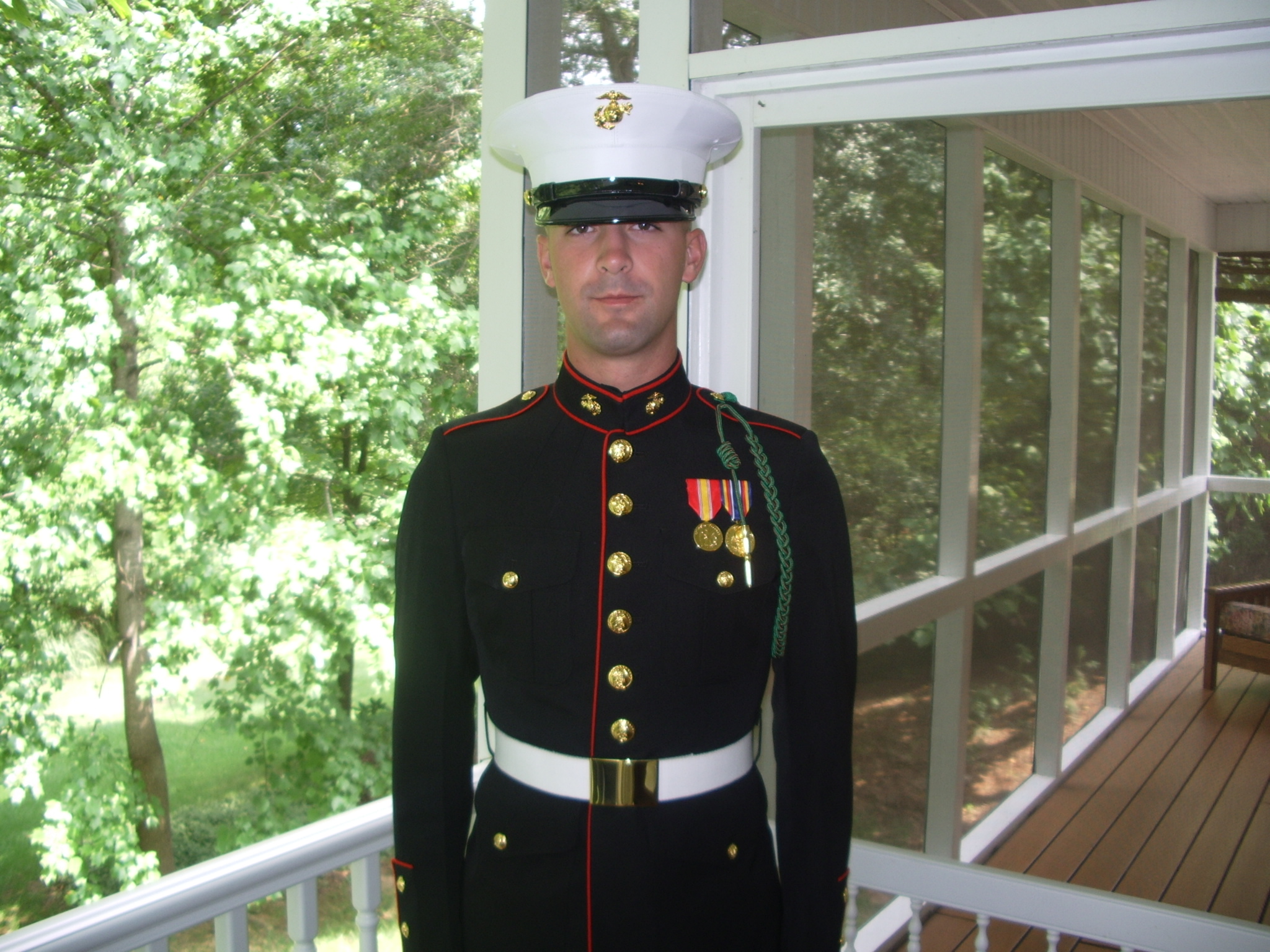We now know that the “nuclear” explosion in North Korea was more of a fizzle than a bang (h/t Virtually Theo). Either something went badly wrong with this test, or it was in fact a conventional explosion. More to the point, as we have discussed concerning the Wen Ho Lee incident, the miniturization of nuclear weapons is a technology that apparently China does not have (and so North Korea certainly would not possess this technology). The U.S. leads the world in this technology due in no small part to the work of Los Alamos and Lawrence Livermore National Laboratories.
But the world may never know if this was nuclear or conventional. Further, if this was a dud, then North Korea will certainly continue until it succeeds. In Kim Jong il’s world, heads will roll until the engineers and physicists have constructed him a nuclear weapon that has been proven to work. Potential death is a great motivator for the workers. The proverbial Jeenie is out of the bottle. The Far East will never be quite the same.
The new Japanese Prime Minister Shinzo Abe has flatly declared that Japan will not reverse its stand on a prohibition of nuclear weapons. Japan, Taiwan and South Korea have lived for the last 50 years under the umbrella of protection provided by the U.S. But there are signs of strain in this relationship. The U.S. will always be an ally of these three countries, but there is strain associated with the heavy deployments of U.S. forces around the globe. The U.S. has drawn the ire of both South Korea and Japan in the current dispute over who will shoulder the financial burden of U.S. troops deployments to South Korea, and the U.S. has said that there will be troop force reductions unless more of the financial burden for troop deployments is borne by South Korea.
But there is an even more important reason for Japan, Taiwan and South Korea to consider re-arming. Stratfor recently discussed the situation, concluding that there is no effective military solution to North Korea’s military infrastructure. Seoul is within striking distance of conventional artiliery from North Korea, and it is postulated that North Korea is capable of placing several hundred thousand high explosive shells per hour on the South Korean capital. Further, war-gaming has shown that there is no solution that can be implemented quickly enough to prevent massive casualties.
The situation for Japan is not much better. North Korea has shown that they can direct missiles at Japan with impunity, and the U.S. (and Japan) cannot now act quickly enough to prevent massive casualties should North Korea prove itself capable of building a nuclear weapon small enough to deliver by its missiles.
War with North Korea would have unfathomable consequences. But there is a solution short of war. It is prevention by strength. The Strategy Page discusses the current situation for Japan.
October 11, 2006: The North Korean nuclear tests will have the effect of spurring the growth of a new military superpower in East Asia. Japan has, since World War II, not felt the need to re-arm. However, the recent North Korean tests are likely to change that, awakening what is arguably the sleeping military giant of Asia.
From Japan’s perspective, they have no choice. North Korea fired a missile over Japan in 1998. North Korea has also kidnapped Japanese citizens, and despite diplomatic protests, attempted to test both ballistic missiles and nuclear weapons in 2006. North Korea is not the only neighbor of Japan who has done some pretty irrational things. In the past decade, two Chinese generals have made very thinly-veiled nuclear threats towards the United States. From Japan’s perspective, East Asia is obviously a neighborhood that is becoming a lot less safe than it was in 1990.
At present, Japan spends about one percent of its GDP on the defense budget ($42.1 billion in 2005). Compare this to China, which spends about 4.3 percent of its GDP on defense (to the tune of $81.48 billion in 2005). Japan’s relative lack of defense spending still has not prevented it from turning out what is arguably the best navy and air force in the region, one that outclasses even China.
As one example, Japan has 40 destroyers in its Maritime Self-Defense Force. China has 25, only nine of which are really modern. China has 45 frigates, of which perhaps 15 are modern. Japan has nine. Most of China’s submarines are very old Romeo-class submarines or the Ming-class ( which is a variant of the Romeo). Only 22 of China’s subs are relatively modern. Japan has 16 modern diesel-electric submarines.
The respective air forces also show a technological disparity. The bulk of the 1,250 fighters in Chinese service are J-6 and J-7 models, copies of the 1950s era MiG-19 and MiG-21, respectively. China’s only modern fighters are the 200 J-11 (Su-27) and 180 Su-30MKK Flankers. The Japanese air defense force centers around 180 F-15J fighters and 130 F-2s (best described as an F-16 that took steroids).
Japan has been able to keep pace with China with a defense budget that is one percent of its GDP. Were Japan to spend the 2.4 percent of GDP, the same percentage that the United Kingdom spends, its defense budget would be $101.4 billion. If Japan were to spend 4.3 percent of its GDP (what China spends), its defense budget would reach $181.03 billion. What does a Japanese military with those budgets look like? For one thing, Japan easily could increase its military and equip it with modern ships (like the Atago and Takanami classes of destroyers), submarines (like the Oyashio class), and aircraft (like the F-2). Japan also could easily operate several “Harrier carriers” as well, giving Japan the ability to project power. Japan could also decide to build nukes – and has the ability to do so very quickly (within six months).
Japan would have no trouble spending big bucks on arms. The government already spends that kind of money on wasteful, “make work”, projects. It’s good politics to keep people employed, and it doesn’t matter if they are building warships, or highways to nowhere.
Such a buildup would make South Korea, China, and other countries in Asia very nervous. For that reason, Kim Jong-Il’s recent nuclear tests are going to make him a very unpopular person in East Asia, where old memories of Japan’s conduct from 1931-1945 are still fresh. They would much rather that the potential of Japan’s military remain potential, and not become realized. China, in particular, doesn’t want to see Japan start a buildup, because they will not be able to keep up.
If war with North Korea would have unfathomable consequences, the failure to prepare for it and prevent it would be worse. Prime Minister Shinzo Abe should give his government more latitude in addressing the deteriorating security situation for Japan. A nuclear Japan – to an extent that North Korea and perhaps even China could not match – is the warless answer to the situation, and thus is it is the most humane, kind and loving solution for both his own people and the North Koreans. It is determent, and it is called peace through strength. It has a proven track record.
Also blogging: Cop the Truth with Japan on the Edge.





